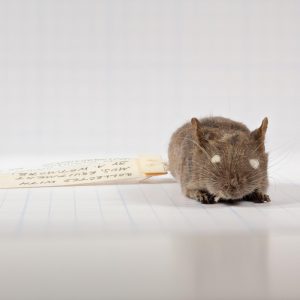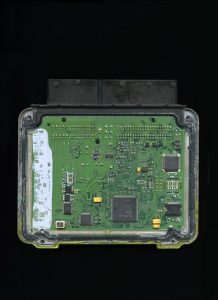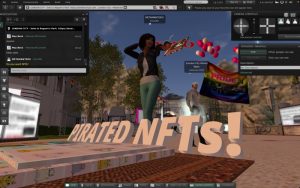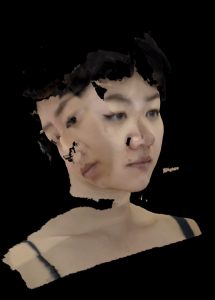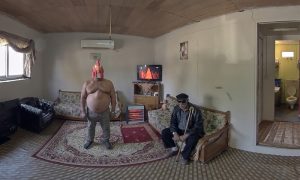Diego Trujillo Pisanty is one of the regularly invited guests on this blog. Focusing on information as both a concept and a material, his practice is remarkably consistent, yet full of surprises. His current interest in “the role that information plays in shaping identity, politics and our understanding of nature” means that he has been developing projects as diverse as a deliberately biased AI camera that creates images based on ambient sounds; the stealth copying of pre-hispanic artefacts he then offered for sale as NFTs and an automated device that questions the separation between the natural and the engineered.
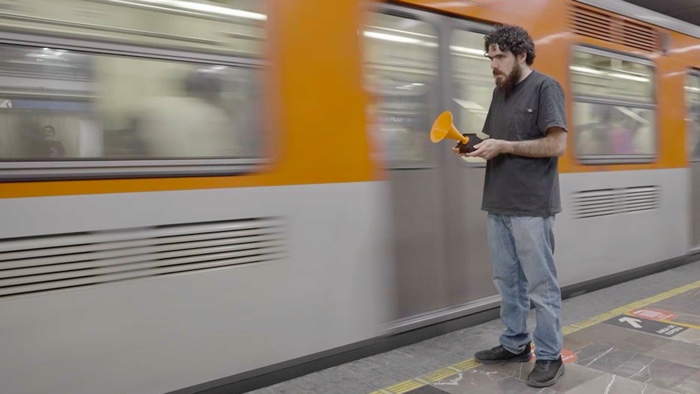
Diego Trujillo Pisanty, Blind Camera, 2022
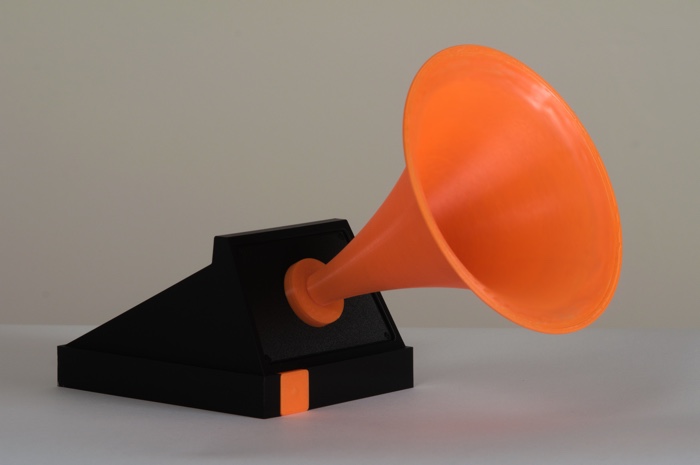
Diego Trujillo Pisanty, Blind Camera, 2022
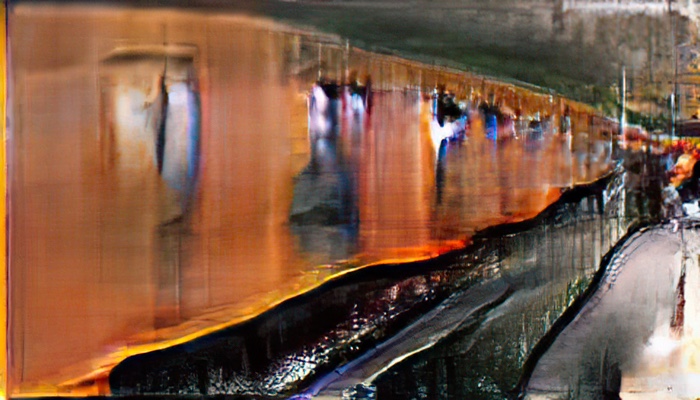
Diego Trujillo Pisanty, Blind Camera, 2022
By anchoring much of his practice in Mexico City, the artist is showing the value of local perspective in a world characterised by globalisation and a general “flattening” of what makes cultures so invigorating.
I recently got a chance to chat with him about the role that the digital can play to both preserve and exploit cultural heritage, deliberately training the data of an AI device in order to imbue it with underrepresented perspectives and struggling with the Man vs Nature dichotomy.
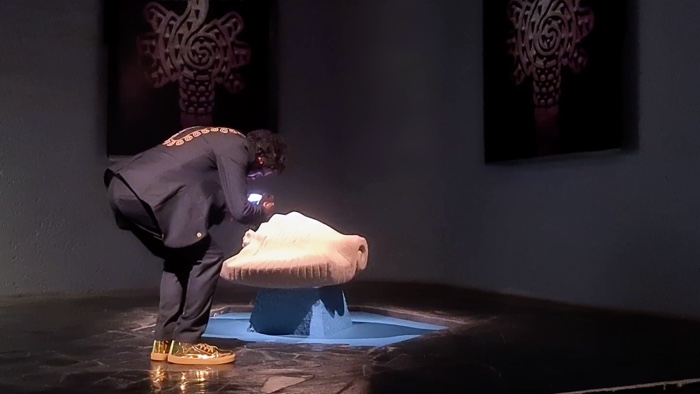
Diego Trujillo Pisanty, Vendepatrias, 2022-ongoing
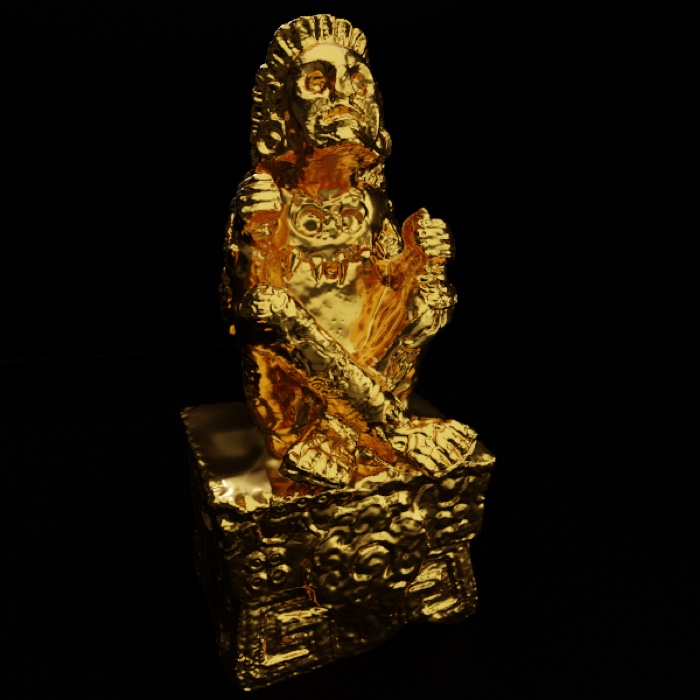
Diego Trujillo Pisanty, Vendepatrias, 2022-ongoing
Hola Diego! The Blind Camera looks a bit like a simple toy. It is colourful and nothing in it evokes its technological depth. Could you tell us about the aesthetic choices you made when you designed it?
The main idea driving the object’s shape was that it should be read as both a visual and an acoustic device. I sketched several iterations combining different camera models with microphones and hearing horns. The final shape ended up being a strange mix between Edisson’s phonograph and a Polaroid SX-70 Landcamera.
The orange colour came in a bit later in the project. When I began to record the videos to train the sound-to image-model. Looking at the videos I realized how pervasive within Mexico City that particular shade of orange is. It’s obviously the colour of the metro but it’s also found on the uniforms of rubbish collectors, on street barriers used to section construction work, and on several buildings.
Another decision I made from the start was to move away from existing aesthetic conceptions about high-tech objects. I deliberately tried to avoid blue LEDs, white shiny plastics, and touchscreens. One of my core interests in this project was to come up with different ways of thinking about AI so moving away from its stereotypical visual forms made sense.
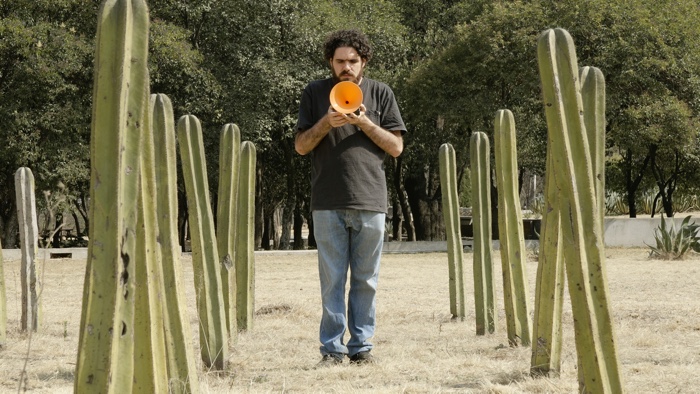
Diego Trujillo Pisanty, Blind Camera, 2022
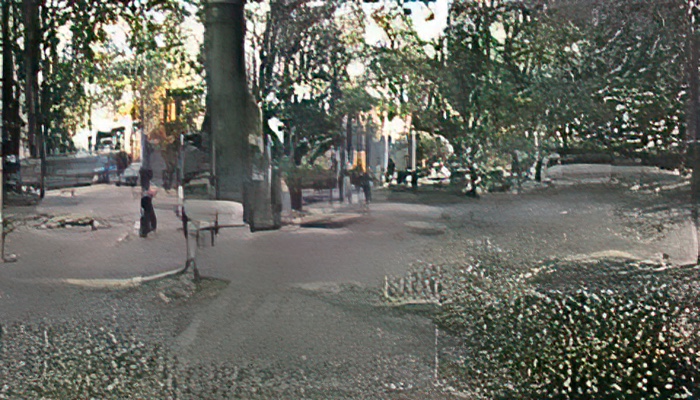
Diego Trujillo Pisanty, Blind Camera, 2022
I was struck by one sentence you said in the Blind Camera video “the code is as much an artwork as the object and the resulting images”: Can you expand on this?
The act of writing code has been central to my practice for a while now. I’ve come to see it not as a technical necessity that orchestrates how a piece will function but as an activity of thorough reflection.
Blind Camera is probably one of the more complicated things I’ve programmed, not only because the code itself was hard but also because the act of writing it raised a lot of questions about what the project was conceptually. Every iteration challenged me to reflect on what I was actually talking about and whether the code, as a form of writing, reflected it. This forced me to reconcile the logical processes driving image generation with the semiotics of the generated image.
In some of my works, the code almost becomes a container for the core ideas.
Looking at how things are programmed provides them with meaning. However, reading code is truly unattractive and I always spend a lot of time thinking about how its performance conveys the ideas embedded within the writing. It is within this context of assigning and communicating meaning that the code feels like an artwork, when its functionality can be ignored in favour of what it tells us about the world.
What I liked the most about the camera is that it is unashamedly biased. It was trained on the Mexico City urban landscape. As a result, it sees the world from that perspective only. What can we learn from this exercise? What can a “prejudiced” artificial neural network show us? Does it have any advantage, apart from being honest about the data it used during its training?
The output of an artificial neural network can be roughly defined as a conclusion obtained by generalising a limited set of observations. Surprisingly prejudice can be defined in the same way. This will always be a problem with systems that generalize information. No matter how large and representative a dataset might be there will always be an eccentric outlier that will break the system.
The idea of having a neural network with a local perspective is a form of resistance against generalization. I feel that AIs with specific worldviews that are also transparent could be beneficial in picking up the nuances of particular geographical regions and idioms. It could be the case that we don’t need one gigantic dataset and AI model but rather several smaller ones specialized in reflecting the diverse and unintelligible complexity that human existence can be.
A good way of thinking about this is to imagine self-driving cars in Mexico City’s traffic; trying to react to our aggressive and improvised style of driving. There is no global AI that can learn all the subtleties of what’s allowed, expected or safe unless it learnt to drive here.
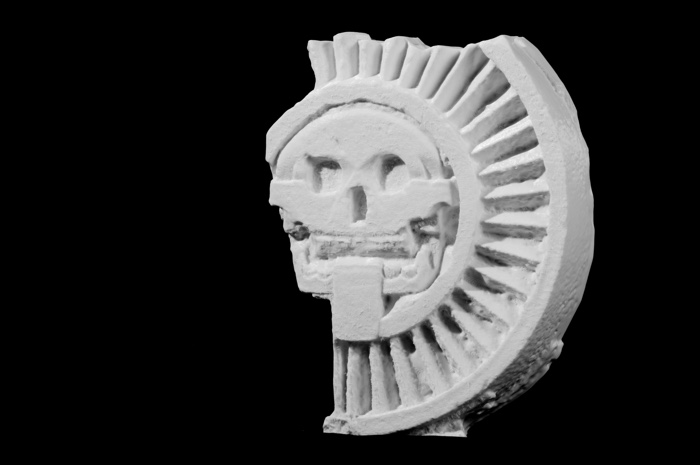
Diego Trujillo Pisanty, Vendepatrias, 2022-ongoing
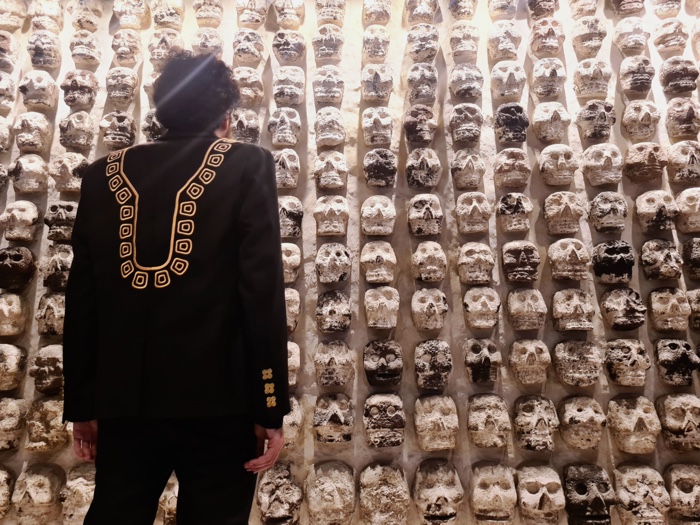
Diego Trujillo Pisanty, Vendepatrias, 2022-ongoing
I’d like to ask you about the scanning process of Vendepatrias. You didn’t warn any of the museums when you started recording the artefacts they exhibit from every possible angle. The video shows that the process is fairly conspicuous. Did you get into trouble while 3D scanning museum artefacts? What kind of risks were you taking?
Initially, I was very cautious about drawing attention and tended to keep to the museum’s lonely corners and forgotten pieces. As the project progressed I began to record more prominent artefacts that were much more invigilated and to my surprise, there was not much of a reaction from security as long as I stayed behind “the yellow line”. I did get followed around a few times but was never confronted.
After a while (and realizing how much I could get away with) I actually began to enjoy how performative the whole thing was and had a bespoke suit tailored specifically for when I went scanning. There’s something I find quite humorous about dressing up and doing these very extreme gestures on all sides of the artefacts only to be completely ignored. It feels like the opposite of a performance, where the audience is simply not interested in the action no matter how extravagant it might be.
Allow me to play the devil’s advocate for a moment… Vendepatrias “explores how photogrammetry, 3D printing and NFTs can be used as critical media by questioning how the act of transforming national heritage from its tangible form into digital files can strip it from its cultural value and turn it into objects for consumption.” What is wrong with that? Can’t museums sell cheap copies of artworks if it allows them to stay afloat?
I think this is a matter of context. If it is done by a museum as a way of raising the funds to keep collections open to the public and in good condition then there’s nothing wrong with that. I would argue that in these cases the monetary value is linked to the cultural value and that having the item on display is what makes people buy a cheap copy.
Vendepatrias was started shortly after a protest and petition urging Christie’s not to auction several items considered invaluable Mexican heritage. These items were sold anyway for the immense benefit of private collectors and with no retribution to Mexico’s archaeological institutions nor to the surviving members of the country’s indigenous population. It was this event that led me to conceive how these practices could be digitised and translated into cryptoart. It’s a tricky project in which I perform the actions that are being criticized through a subtle satire made evident only by mockingly adopting the black and gold palette of luxury.
Vendepatrias also shows that anyone can do this. Are you not afraid of starting a movement that will show people with less noble intentions than you how to exploit cultural heritage and “perpetuate undesirable economic practices related to colonial extractivism”?
This is certainly a concern I have (alongside being responsible for more strict video policies within museums). On the one hand I naively hope that the discourse around the project is clear enough to convince audiences that this is actually undesirable. At the same time, I feel that people 3D scanning and selling knock-offs is actually an improvement compared to the looting and auctioning of genuine pre-columbian items.
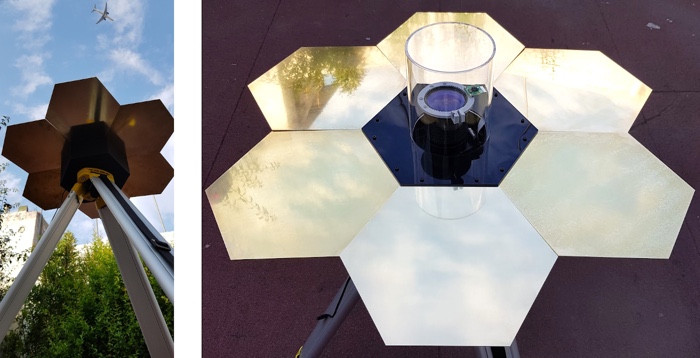
Diego Trujillo Pisanty, Things That Fly, 2019
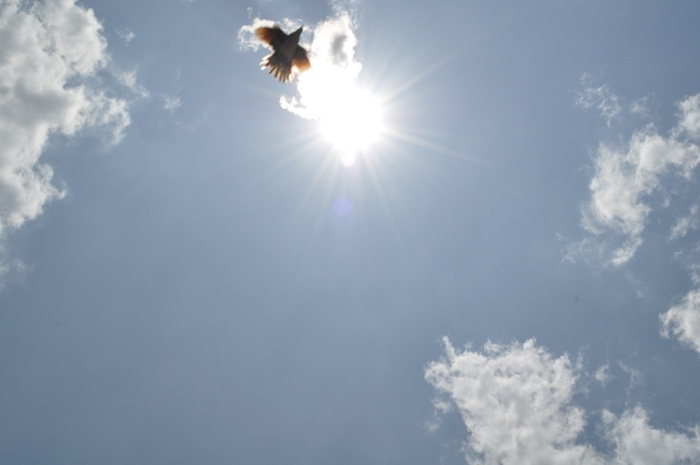
Diego Trujillo Pisanty, Things That Fly, 2019
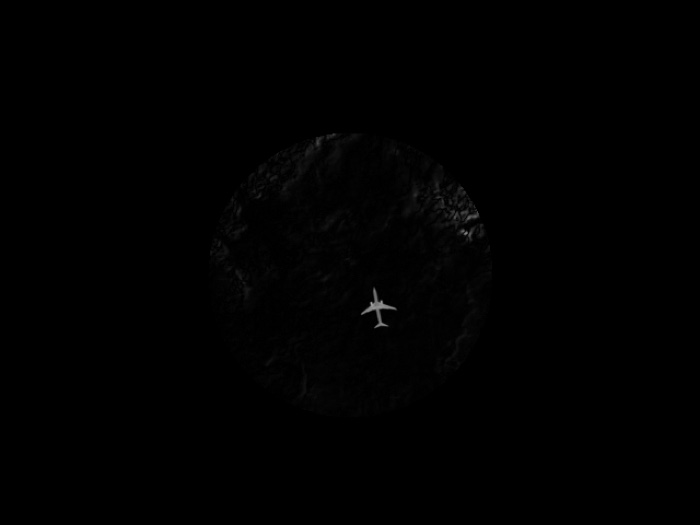
Diego Trujillo Pisanty, Things That Fly, 2019
At the core of Things that Fly is an automated device that takes photographs of any object flying over it, making no distinction between a kite, a bird, a plane or a bee. Both the “natural” and the engineered by men belong to Things that fly. You even write that “The Anthropocene may also imply that aeroplanes are as natural as birds.” What kind of reactions and reflections were you expecting to trigger in the mind of your public with this work?
I’ve always struggled with the Man (it’s usually some man) vs Nature dichotomy. When the idea of the Anthropocene appeared the initial narratives were largely environmentalist, claiming that we had left a scar large enough on the planet that it would outlive our species, these narratives drew the human and the natural further apart.
Giving it some thought I eventually concluded that the Anthropocene actually erased the division between natural and artificial. Everything we’ve ever built, from plastic bottles to nuclear waste, could now be considered a stratum of sedimentary rock. And rocks are undeniably natural. Making taxonomies that incorporate the engineered and the natural invites reflection on how we should relate to the natural, not as another but as a part of it. I think that seeing oneself as part of a system rather than in opposition can promote reactions of care and compassion but can also alleviate the guilt and anxiety associated with environmental degradation on a planetary scale.
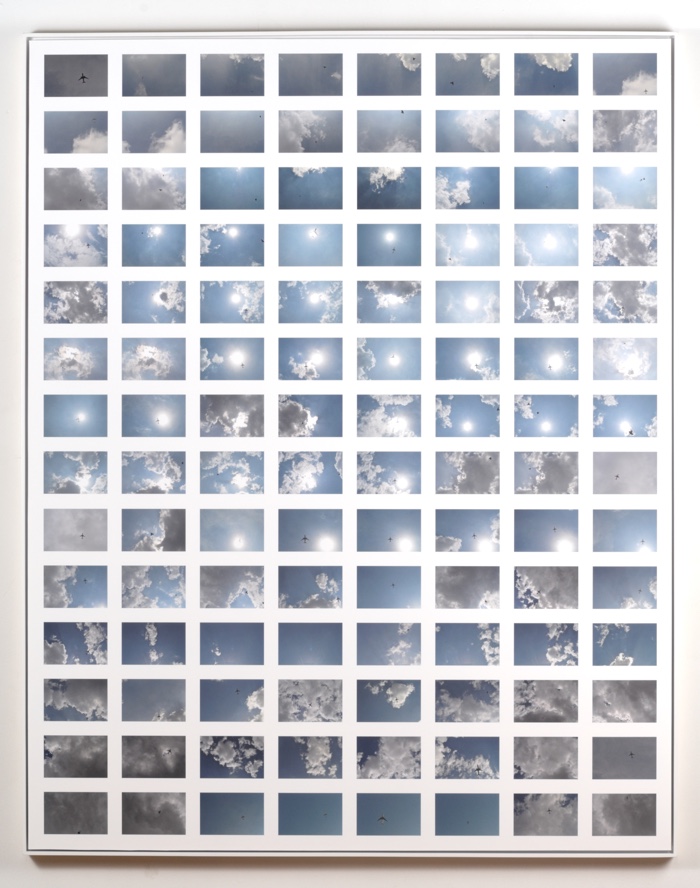
Diego Trujillo Pisanty, Things That Fly, 2019
“The device and its underlying algorithms take inspiration from scientific equipment but are repurposed for the inquiry of the human as natural.” Again, I’m going to ask you about the aesthetic choices you made while designing the device. To me, it looks a bit like a flower. What were your sources of inspiration?
Through my background in biology, I spent some years doing fieldwork and using scientific equipment designed to be left outdoors for extended periods of time. I always loved the images of these instruments peering out of the landscape, obviously out of place. That’s the overall feeling I was going for with this machine, a thing that looks like it has a function that’s not entirely obvious.
When designing the device I also felt there should be something indicating that it was looking upward. I tested a few ideas and eventually settled on the brass mirrors as they would let spectators see what the camera was looking at in the reflection. These mirrors were loosely inspired by the ones used in telescopes. Mounting the whole thing on a surveyor’s tripod felt like the right choice as it incorporated gear that is actually used for making outdoor measurements.
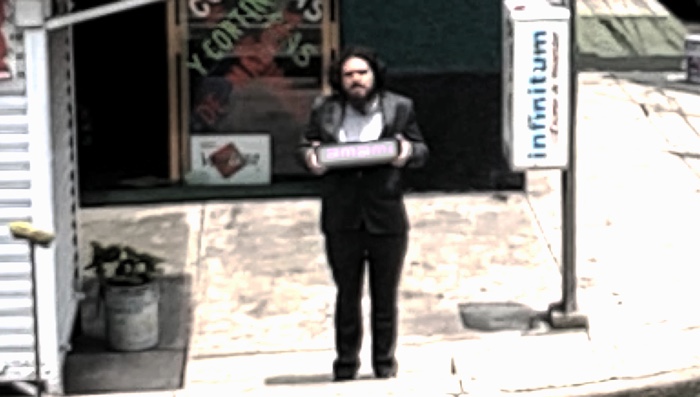
Diego Trujillo Pisanty, Finding the Operator, 2016
How would you say that your ideas and practice have evolved since I last interviewed you in 2016 for Finding the Operator?
Over the past few years, I’ve been developing the idea of doing artworks that build on empiricism and its associated epistemologies. A short explanation of this would be that the artwork can be seen as an interface to experience the world. This makes the artwork akin to a scientific experiment, but while the experiment seeks to provide objective and repeatable knowledge, the artwork provides meaning and alternate points of view. I think all of the projects we’ve discussed comply with this in that they all engage with aspects of reality in a direct manner and that their outcomes are somehow dictated by these interactions with the world. Some of this was already present in Finding the Operator seven years ago but I wasn’t aware back then and it certainly wasn’t something that consciously guided its development.
I also feel that in my recent work I am much more interested in images and the idea of ‘the photographic’. Blind Camera, Vendepatrias and Things that Fly all revolve around cameras, their uses and what they might be. I like to think that these works operate in a territory where photography produces something other than photographs.
Thanks Diego!
Previous works: Rendezvous with the CCTV operator, Self-combusting communication for the Wikileaks era, The 300 Year Time Bomb.

